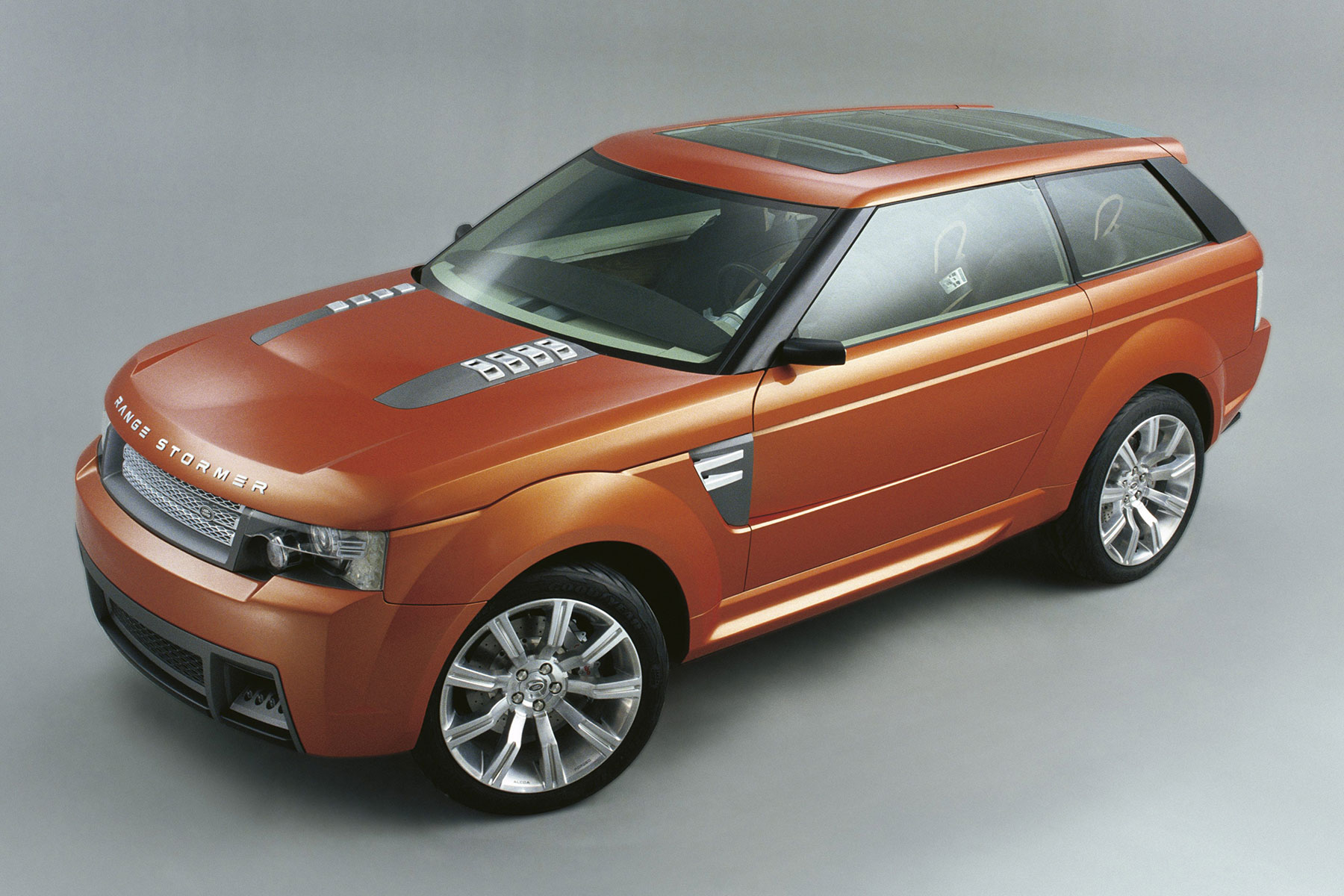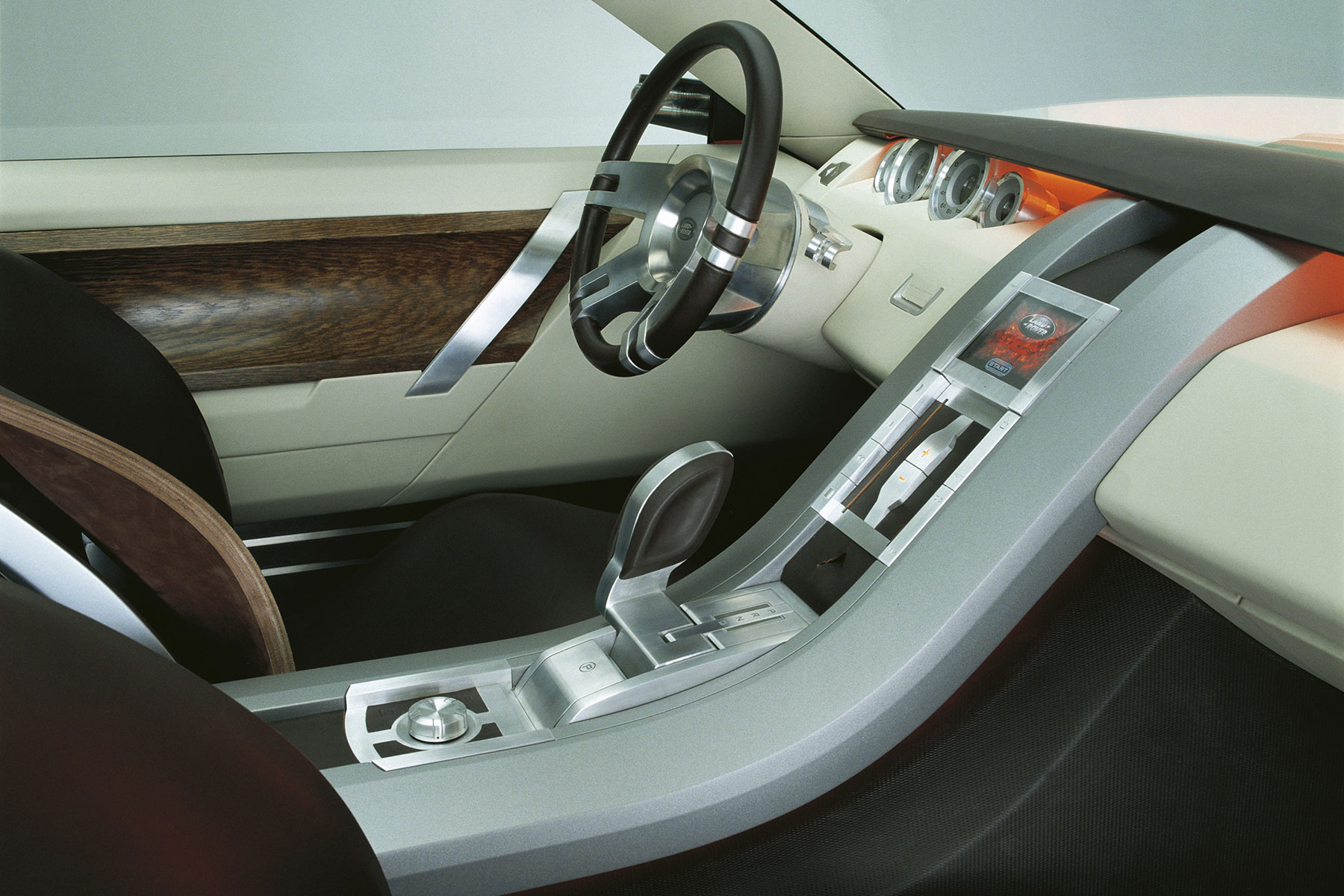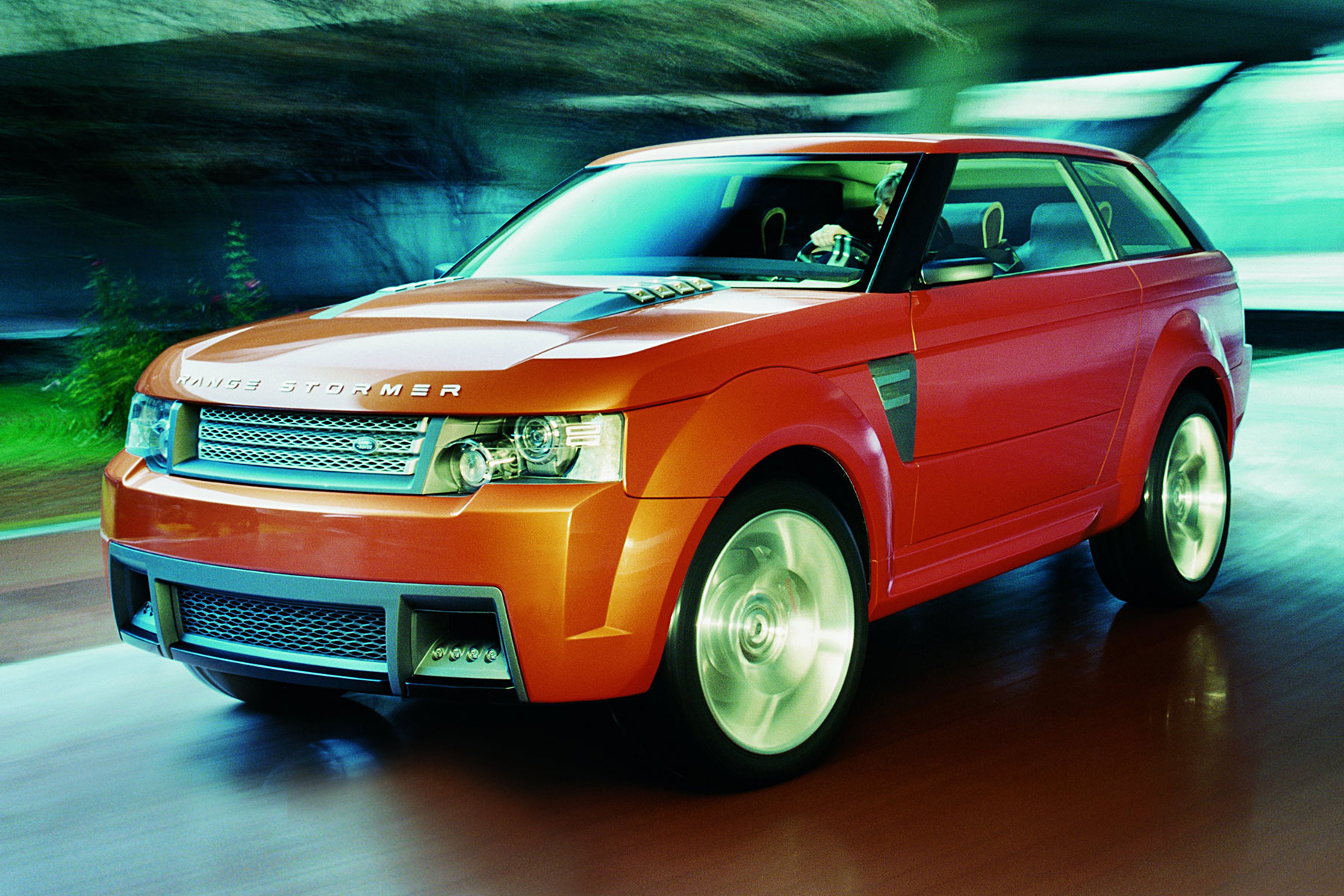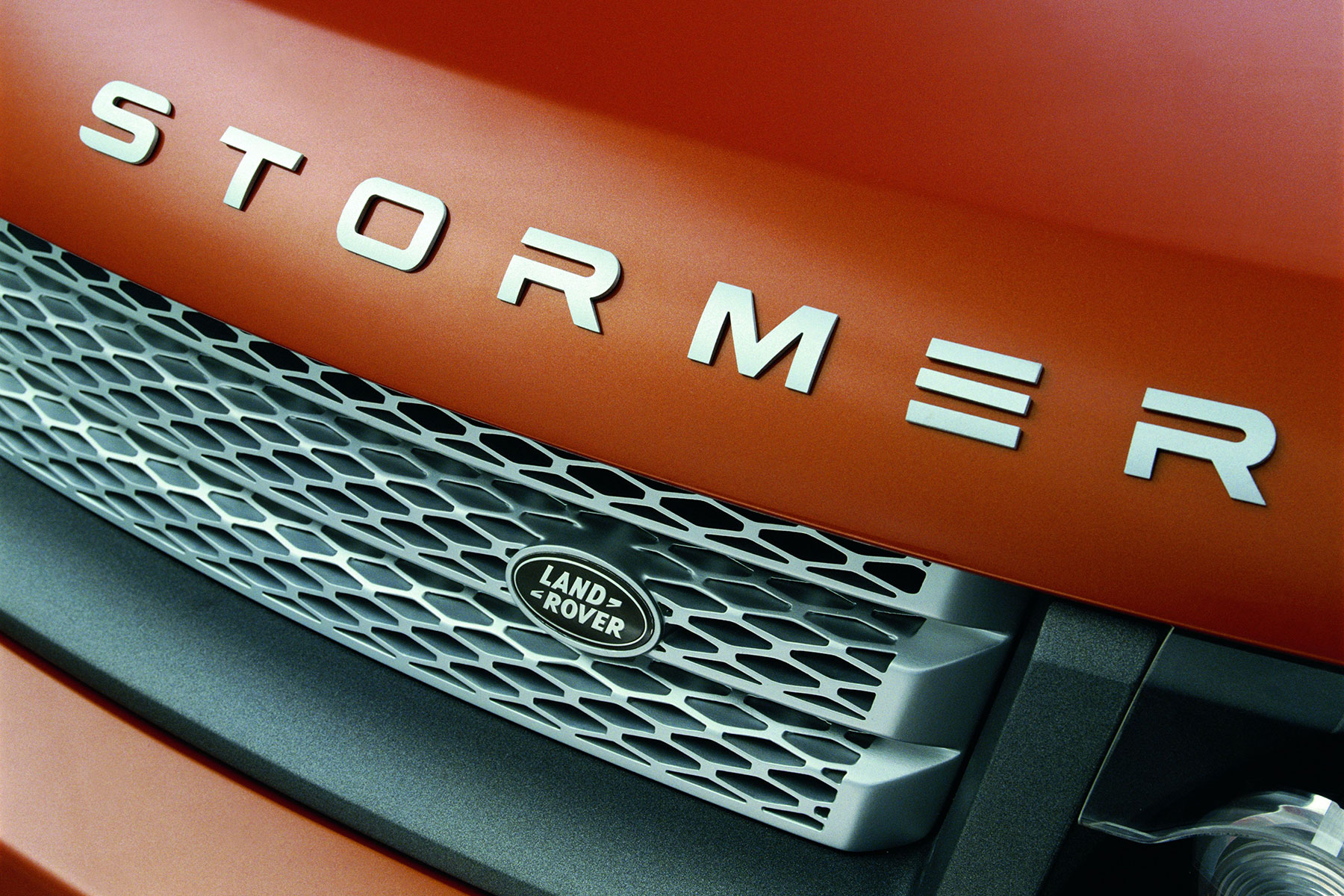
Land Rover buyers in the early 2000s were a fairly conservative bunch. They’d just got over the shock of the downsized, school-run-friendly Freelander, while the ageing Land Rover Discovery could trace its roots back to 1989.
The big news was the arrival of the third-generation ‘L322’ Range Rover at the end of 2001. This was conceived under BMW ownership, then launched following Ford’s takeover of the company.
While the L322 was a fairly dramatic change for Land Rover – it was all-new, with an aluminium body and new BMW engines instead of a Rover V8 – it was also exactly what one might expect from a Range Rover developed under the watchful eye of BMW.
Class-leading, luxurious and expensive… yes, it was all of those. Controversial? No more so than its P38 predecessor. In fact, probably less so, as many considered the troublesome P38 an insult to the memory of the original Range Rover.
A question of Sport

By 2004, Land Rover was wondering how to introduce its new, Discovery-based Range Rover Sport model to the market. This was a car that put style above all else – although it was still very capable off-road and proved to be surprisingly good on it.
Simply launching the Range Rover Sport out of the blue might have upset Land Rover enthusiasts and caused confusion elsewhere.
Under Ford ownership, Land Rover particularly wanted the Range Rover Sport to succeed in the North American market. An idea was formed: why not develop a concept car, previewing the Sport, that could be revealed at the Detroit Auto Show (NAIAS) in 2004?
A marketing stunt, or more?

The bizarre thing was that, with the Range Rover Sport set to be revealed later that year, the car’s development was almost entirely finished before a team got around to designing the Range Stormer that would preview it.
Ordinarily, a concept car would provide a vehicle for engineers and designers to experiment with bold ideas ahead of working on a production model, but the Range Stormer was nothing more than a marketing stunt.
Its creators started off with a platform from the aforementioned P38 Range Rover (which conveniently featured the same 108.1-inch wheelbase as the upcoming Sport), along with the P38’s 4.6-litre V8 engine and four-speed automatic gearbox. It might have looked radical on the outside, but the Range Stormer was quite old-fashioned underneath.
The future is orange

Still, the Range Stormer’s design was what mattered. Finished in a molten orange colour (which was available, briefly, as Vesuvius Orange on First Edition models of the production Range Rover Sport), with huge 22-inch wheels and a three-door body, it looked like nothing ever produced by Land Rover before. A marketing stunt, perhaps, but an eye-catching one.
And it wasn’t all bling. Anyone who caught a glimpse inside the Range Stormer’s cabin at Detroit might have spied a rotary controller that would, in the production car, control Land Rover’s clever Terrain Response system. It wasn’t actually connected to anything in the concept, but it was a sign of tech to come.
Other clever features included swivelling bi-xenon adaptive headlights (which later appeared on the Sport and Discovery 3) and doors that split in two, with the lower half forming a step and the upper half raising vertically gullwing-style (which, er, didn’t).
A concept that deserves credit

With hindsight, the Range Stormer did a superb job of preparing North America (and the rest of the world) for the Range Rover Sport. But to simply describe it as a preview of the forthcoming car does it an injustice.
Even looking at it today, we can see hints of the Range Rover Velar – and indeed the stillborn three-door Range Rover SV Coupe that was revealed in 2018.
If you want to see the Range Stormer concept in the metal, it’s currently on display at the British Motor Museum in Gaydon, Warwickshire. The museum also houses the very first Range Rover off the production line.
ALSO READ:


